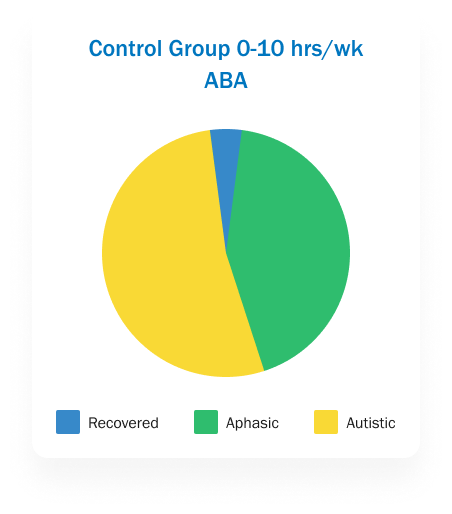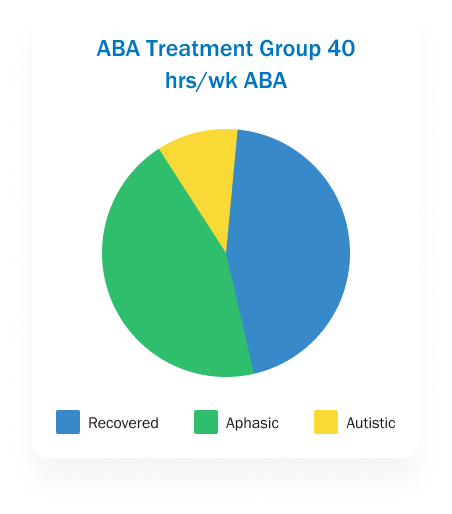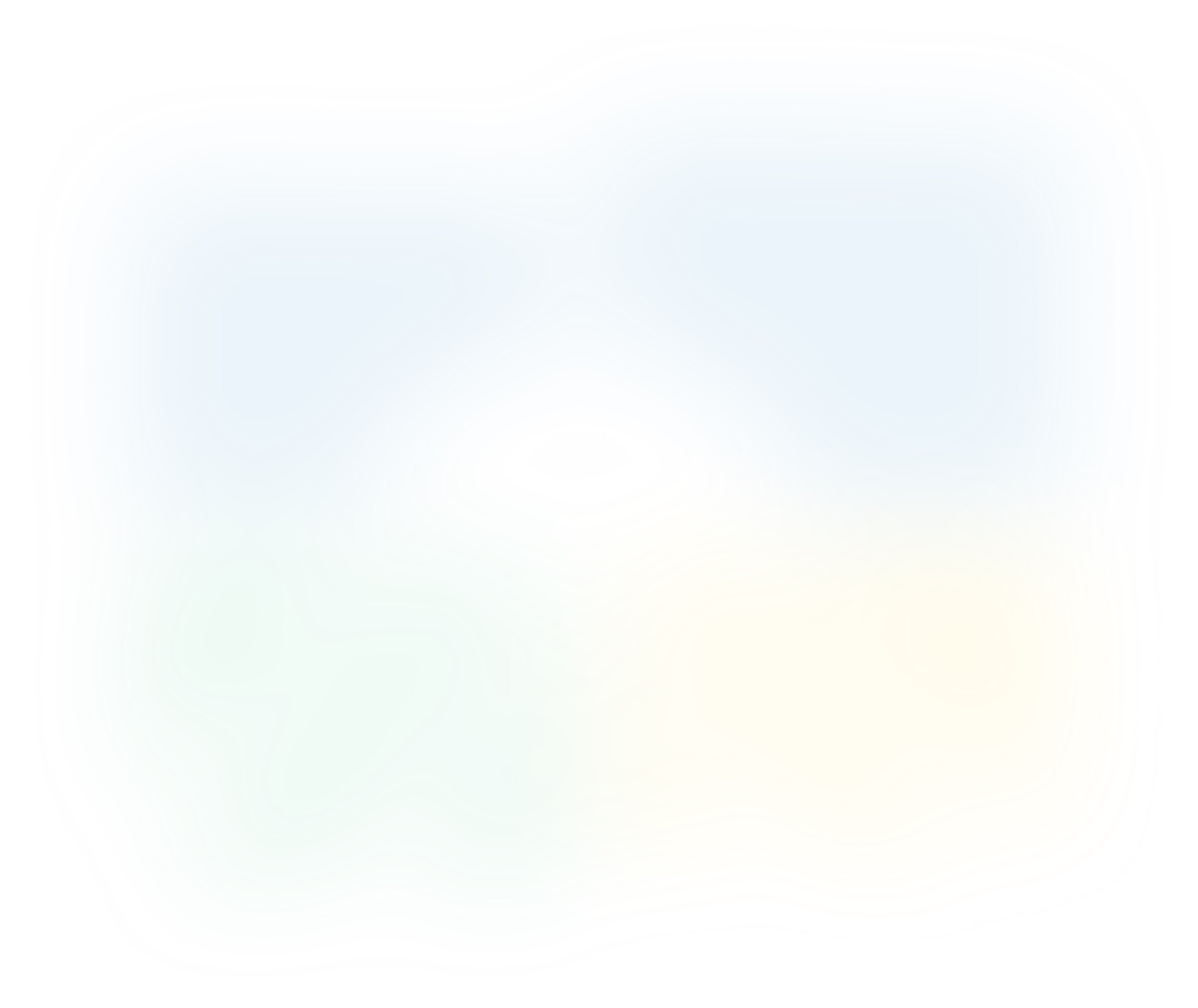Applied Behavior Analysis
ABA methods have been supported by hundreds of scientific studies spanning the past five decades and have been found to be effective by numerous agencies and organizations, such as the:
U.S. Surgeon General
American Academy of Pediatrics
National Autism Center
ABA is a scientific approach for:
Researching the relationship between behaviors and the environment;
Designing methods to change behavior (based on this research);
Applying these methods to improve behaviors that are important in people’s lives;
At Behavior Frontiers, our ABA treatment programs focus on applying behavior methods to help improve the behaviors, as well as the overall quality of life, of individuals with autism and other special needs.
In general, ABA involves rewarding individuals for appropriate behavior and not rewarding their problem behaviors. Parents, teachers, classroom aides, therapists, and others can learn how to use these practical ABA methods to help change individuals' lives for the better.
Applied Behavior Analysis (ABA) Explained
ABA treatment programs focus on applying behavior methods to help improve the behaviors, as well as the overall quality of life, of children with autism and other special needs. Behavior methods include teaching and rewarding children’s desired behaviors, such as following instructions, sharing, and using sounds/words to communicate, while at the same time not rewarding children’s problem behaviors, such as noncompliance, trantrumming, and aggression.
The goal of ABA treatment is to find what motivates and interests each child so that these enjoyable items and activities can be used to encourage children to learn new skills and to ultimately become more independent!
Professionally Trained Staff
At Behavior Frontiers, we believe in providing extensive training to our own staff members, so that they have the skills they need to effectively help children with a range of behavior challenges. Our behavior technicians receive initial, in-office instruction and practice in autism, ABA methods, data collection, and ethical issues. They also receive trainings in specialized topics, such as school shadowing, social facilitation, play skills training, toilet training, Picture Exchange Communication System, Non-violent Crisis Intervention, and more.
Additionally, our behavior technicians have completed competency-based training in which they accurately and independently implemented these ABA methods with children with autism and other special needs. All our behavior technicians have also passed both written and field evaluations demonstrating their proficiency with understanding and using these techniques.
Furthermore, our senior behavior technicians and our behavior supervisors have completed advanced competency-based trainings related to their positions.
Frequent Supervision
Behavior Frontiers understands that it is necessary for your child’s case supervisor to monitor your student’s behavior intervention program on a frequent basis so that the details of your child’s specific needs are fully understood and targeted.
Behavior Frontiers ABA Treatment Program
Behavior Frontiers is a premiere provider of intensive, early behavior intervention that is individualized to meet the unique needs of each child and their families. Our experienced professionals include Board Certified Behavior Analysts (BCBAs) who design and supervise the behavior intervention services.
Our goal is for every child in our ABA treatment program to reach his/her maximum potential. We specifically use proven methods and highly trained staff members to give each child the best chance to have a successful future.
Our Services Include:
Behavior assessment and design of behavior treatment plan
Individualized, 1:1 ABA treatment provided in the child’s home, school, and/or community setting
Comprehensive curriculum targeting the improvement of socialization, communication, self-help, play, academics and more…
Techniques to reduce challenging behaviors
Parent training and participation in behavior intervention methods
Facilitated play dates with peers
Landmark Studies on Behavior Intervention
The following are summaries of important research studies on early intensive behavioral intervention. These scientific studies are highlighted because they have been identified repeatedly as being the most rigorous and well-executed studies of their kind to document significant findings.
Studies
Summaries of Results
Smith, T., Groen, A. D., & Wynn, J. (2000). Randomized trial of intensive early intervention for children with pervasive developmental disorder. American Journal on Mental Retardation, 105, 269-285.
Children with autism or PDD-NOS who began an average of 24.5 hours per week of one-to-one ABA treatment between 18-42 months of age outperformed children in the parent training group on IQ, visual-spatial skills, language, & academics. Children in the ABA group gained an average of 16 IQ points and 27% achieved average post-treatment scores and were in regular education classrooms without support.
Eikeseth, S., Smith, T., Jahr, E., & Eldevik, S. (2002). Intensive behavioral treatment at school for 4- to 7-year-old children with autism. Behavior Modification, 26, 49-68;Eikeseth, S., Smith, T., Jahr, E., & Eldevik, S. (2007). Outcome for children with autism who began intensive behavioral treatment between ages 4 and 7: A comparison controlled study. Behavior Modification, 31, 264-278.
Children with autism who began 28 hours per week of one-to-one ABA treatment between 4-7 years of age scored significantly higher as compared to the eclectic treatment group on intelligence, language, adaptive functioning, and maladaptive functioning and on two of the subscales on the socio-emotional assessment. Children in the ABA group gained an average of 25 IQ points and 54% scored within the average range on both IQ and verbal IQ at follow-up.
Howard, J., Sparkman, C., Cohen, H., Green, G., & Stanislaw, H. (2005). A comparison of intensive behavior analytic and eclectic treatments for young children with autism. Research in Developmental Disabilities, 26, 359-383.
Children with autism or PDD-NOS who began 25-40 hours per week of one-to-one ABA treatment at a mean age of 36 months scored significantly higher as compared to an eclectic treatment group and a public early intervention group on measures of IQ, language functioning, and adaptive functioning. Children in the ABA group gained an average of 31 IQ points.
Cohen, H., Amerine-Dickens, M., & Smith, T. (2006). Early intensive behavioral treatment: Replication of the UCLA model in a community setting. Journal of Developmental and Behavioral Pediatrics, 27(2), 145-155.
Children with autism or PDD-NOS who were diagnosed between 18-48 months of age and began 35-40 hours per week of one-to-one ABA treatment no later than 48 months of age scored significantly higher as compared to the public special education group on IQ and adaptive functioning. Children in the ABA group gained an average of 25 IQ points and 29% were included in regular education classrooms without support.
Remington, B., Hastings, R. P., Kovshoff, H., degli Espinosa, F., Jahr, E., & Brown, T. (2007). Early intensive behavioral intervention: Outcomes for children with autism and their parents after two years. American Journal on Mental Retardation, 112, 418-438.
Children with autism who began 25.6 hours per week of one-to-one ABA treatment between 30-42 months of age scored significantly higher as compared to children in the local education group on intelligence. Children in the ABA group gained an average of 12 IQ points.
Lovaas, O. I. (1987). Behavioral treatment and normal educational and intellectual functioning in young autistic children. Journal of Consulting and Clinical Psychology, 55, 3-9;McEachin, J. J., Smith, T., & Lovaas, O. I. (1993). Long-term outcome for children with autism who received early intensive behavioral treatment. American Journal on Mental Retardation, 97, 3569-372.
Children with autism who began more than 40 hours per week of one-to-one ABA treatment at a mean age of 33.3 months scored significantly higher as compared to children receiving 0 to 10 hours per week of one-to-one ABA treatment on IQ and school placement. Children in the intensive ABA group gained an average of 30 IQ points more than children receiving minimal treatment. Also, 47% of children receiving intensive treatment achieved average post-treatment IQ scores and were succeeding in regular education classrooms. Follow-up assessments at a mean age of 11.5 years showed that children in the intensive treatment group maintained gains and had higher scores for IQ, adaptive behavior, and personality than children in the control group.


Eldevik, S., Eikeseth, S., Jahr, E., & Smith, T. (2006). Effects of low-intensity behavioral treatment for children with autism and mental retardation. Journal of Autism and Developmental Disorders, 36, 211-224.
Children with autism who began 12.5 hours per week of one-to-one ABA at an average of 51 months of age scored significantly higher than children in the eclectic treatment group on intelligence and language. Children in the ABA group gained an average of 8.2 IQ points.
Sallows, G. O., & Graupner, T. D. (2005). Intensive behavioral treatment for children with autism: Four-year outcome and predictors. American Journal on Mental Retardation, 110,417-438.
Children with autism who began 37.6 hours per week of one-to-one ABA treatment or 31.3 hours per week of parent managed ABA treatment at a mean age of 36 months had significant pretest to posttest gains for IQ, language comprehension and ADI-R Social Skills and ADI-R Communication. Children receiving ABA gained an average of 25 IQ points and 48% achieved average post-treatment scores and were succeeding in regular education classrooms.



